By Mohammad Reza
Domiri Ganji
IAnD brings you a
spectacular study of Iran’s mosques and monuments via the self-taught lens of
budding photographer and Physics student Mohammad Reza Domiri Ganji…
With a keen interest
in Panoramic and Architectural
Photography, Mohammad Reza
Domiri Ganji has been painstakingly touring places in northern Iran and
photographing its rich heritage – a rare sight that is so breathtakingly
beautiful but completely overshadowed by stories of war and bitter strife from
the region.
Working with a
wide-angle lens and always focusing on light as the prime element while taking
pictures, Ganji has showcased his latest collection “Historic Persian Islamic monuments and
Temples” to audiences worldwide.
Here, he shares his 10 best
photographs with IAnD readers and also tells us why he considers them the best-of-the-best!
Best-of-the-best:
Nasir al, Mulk Mosque: From the start of dawn, the
mosque is filled with colour and light. Sun shines through the glass and fills
the inside, the Persian rugs, the ceiling and wall tiles with patterns and
colours. Usage of stained glass in the mosque is exceptional; coloured light
rays that come inside make this mosque outstandingly aesthetical among other
mosques of Iran. The tiling and paintings of the bed chambers are of exceptional
beauty as well.
I am so amazed at how the
architect was able to combine so many things to build such an exquisite mosque.
And this is my best photograph because I was able to show all of these special
elements together in one frame.
Vakil
mosque: This mosque has many
pillars inside. As you enter, the repetition of these pillars makes the place
grand, beautiful and gives the impression of many separate spaces. Also colourful
and fine ceramics used in façades and dome of this mosque are eye-catching and
awe-inspiring!
Carpet
repair workshop: Persian Carpets are famous
all over the world because of their high quality and accuracy in details and
for their unique designs and maps; in this photograph, you can see the spirit
of life existing in this old workshop.
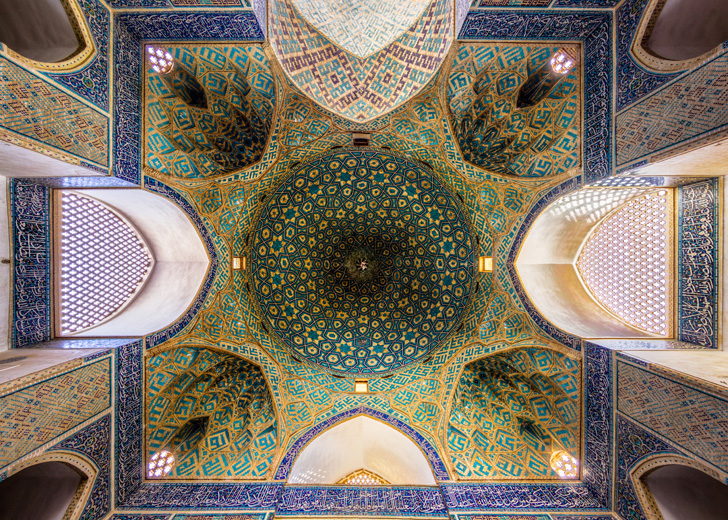 |
| Jameh Mosque of Yazd |
Jameh
Mosque of Yazd: The mosque's dome is made
of two layers of covers and its altar has fascinating mosaic tiling. The dome
of the mosque has amazing arabesque patterns and four skylights, which showcases
geometric shapes. Verses from The Quran are written
all around the dome.
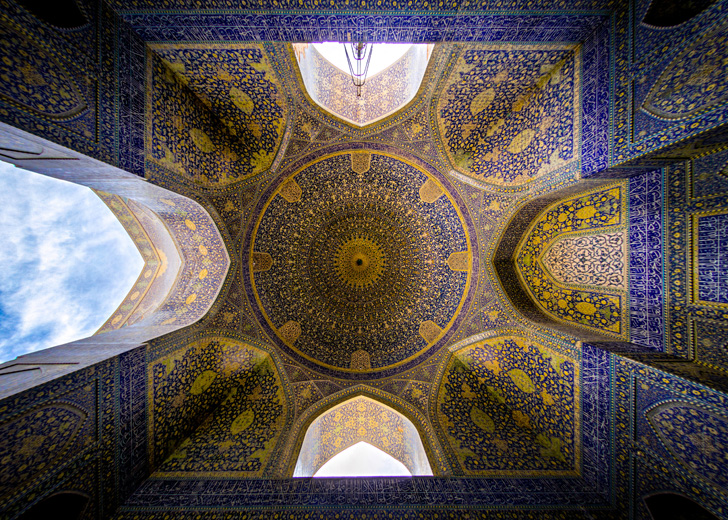 |
| Emam(Shah) Mosque |
Emam(Shah)
Mosque: This building has an
enormous dome with a height of nearly 57m. Additionally, exemplary tiling with a
unique symmetrical design under the dome and on most of the inner walls mesmerises the visitors.
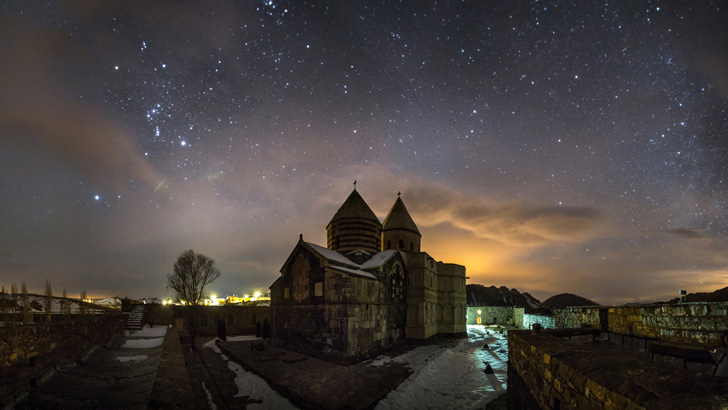 |
| St. Thaddeus Monastery |
St.
Thaddeus Monastery: It is also known as Black
Monastery due to the application of black stones for the building. This monument dates back to
the early years of Christianity, and is built over the tomb of St. Thaddeus - one of the early messengers of Christianity. This place is recognized as the
first cathedral of Christianity.
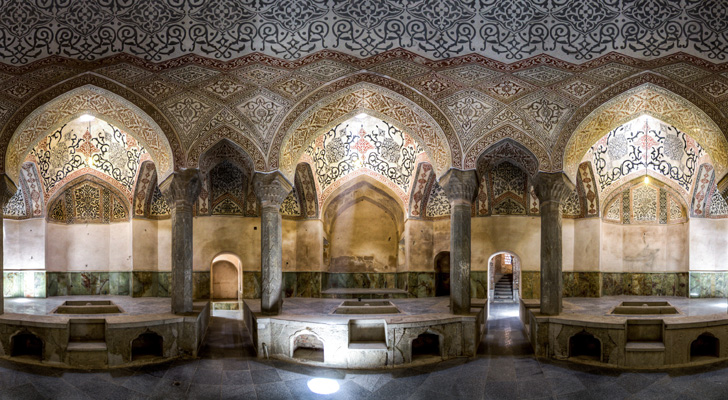 |
| Kordasht Bath |
Kordasht
Bath: This bath has the
architecture that comes back to Qajar Era, 1785 and had been primarily used by
Safavi royal family; however, it has been opened for public use later on. This
historical monument consists of various sections such as a “Bineh”, a
“Sarbineh”, a vestibule, a spring house, and a greenhouse.
Azadi
Tower: This tower was designed and
built in 1971 in commemoration of the 2,500th anniversary of the Persian
Empire. The architecture of Azadi combines elements of the ancient Persian architecture of Sassanid and
Achaemenid eras, and Post-Islamic Iranian architecture (especially Sheikh
Lotfollah mosque).
Private
palace of Cyrus in Pasargadae: Royal palace of Cyrus with
an area of 3427 km2 is one of the largest palaces of Pasargadae. Cyrus the Great ordered its
construction (529–550 BC) after his victory over Astyages the last king of the
Median Empire, you can see see the remnants of the Audience Hall of the palace
with 30 white columns. Plenty of black and white stones were used in this
building structure.
Vakil
Bath: The amazing symmetry in the
architecture and use of limestone for its embellishments make this bath one-of-a-kind. The most liked feature of
this structure is the paintings of Persian mythological characters on the walls and ceilings.
For more of Mohammad Reza Domiri Ganj's works, do visit gravity.ir

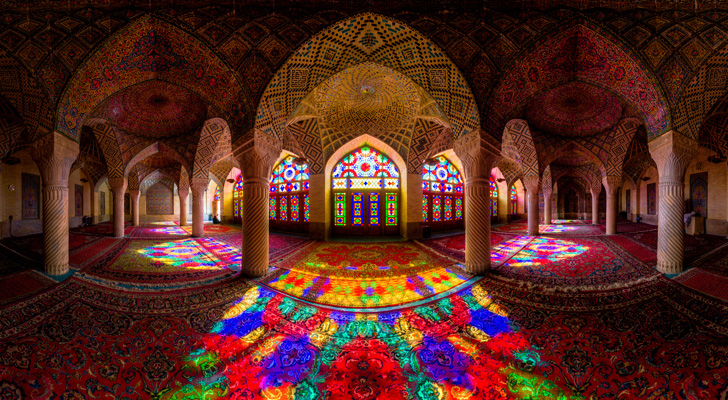
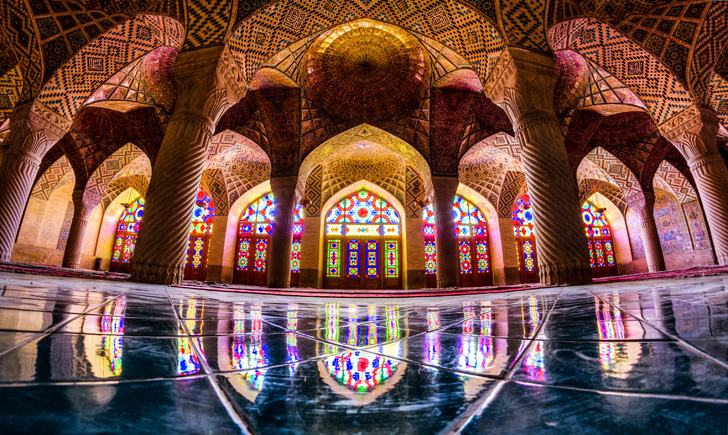
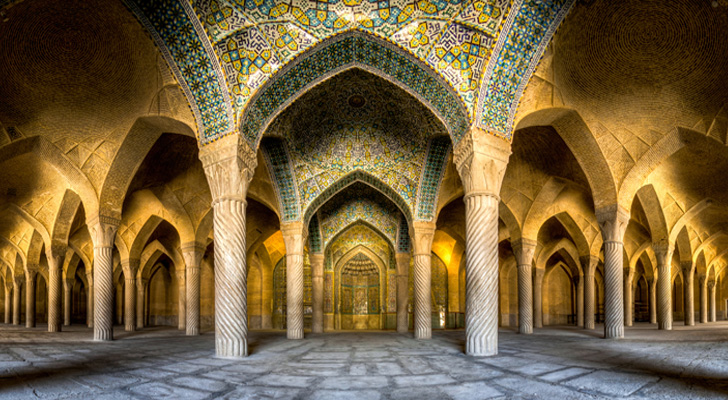
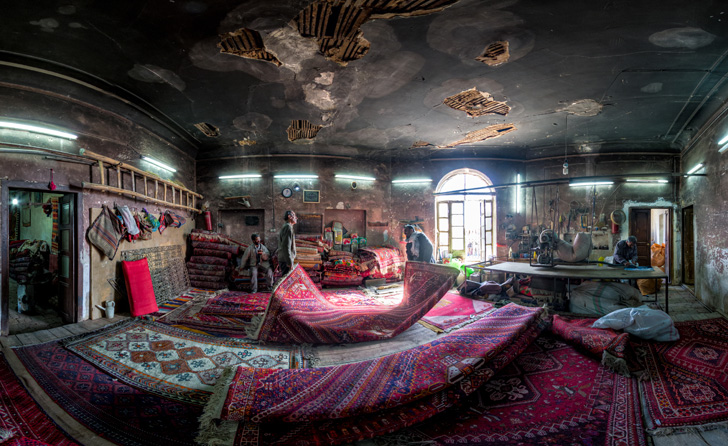
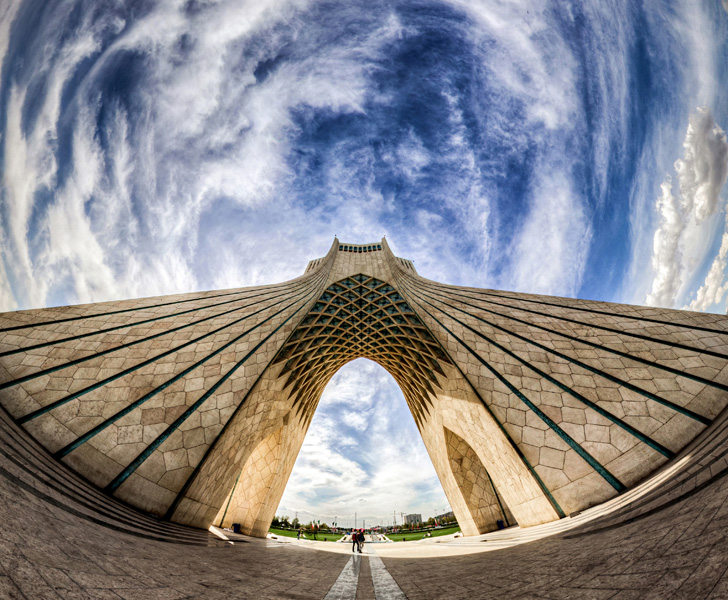

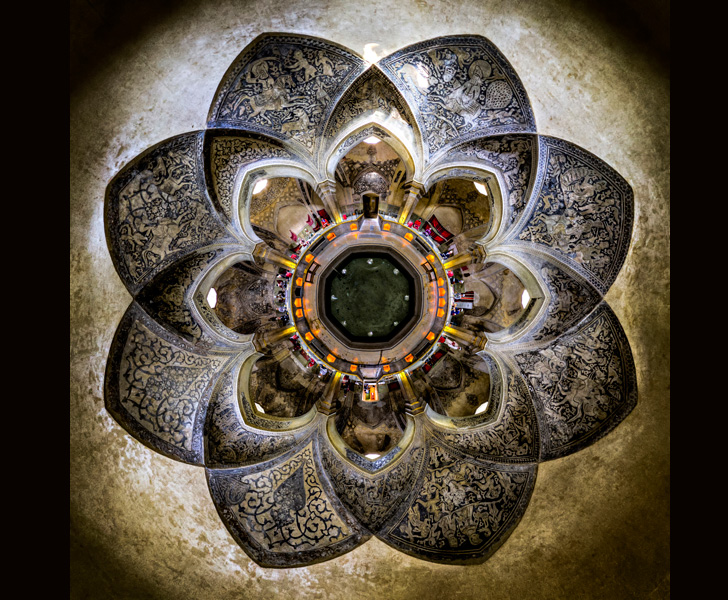
No comments :
Post a Comment